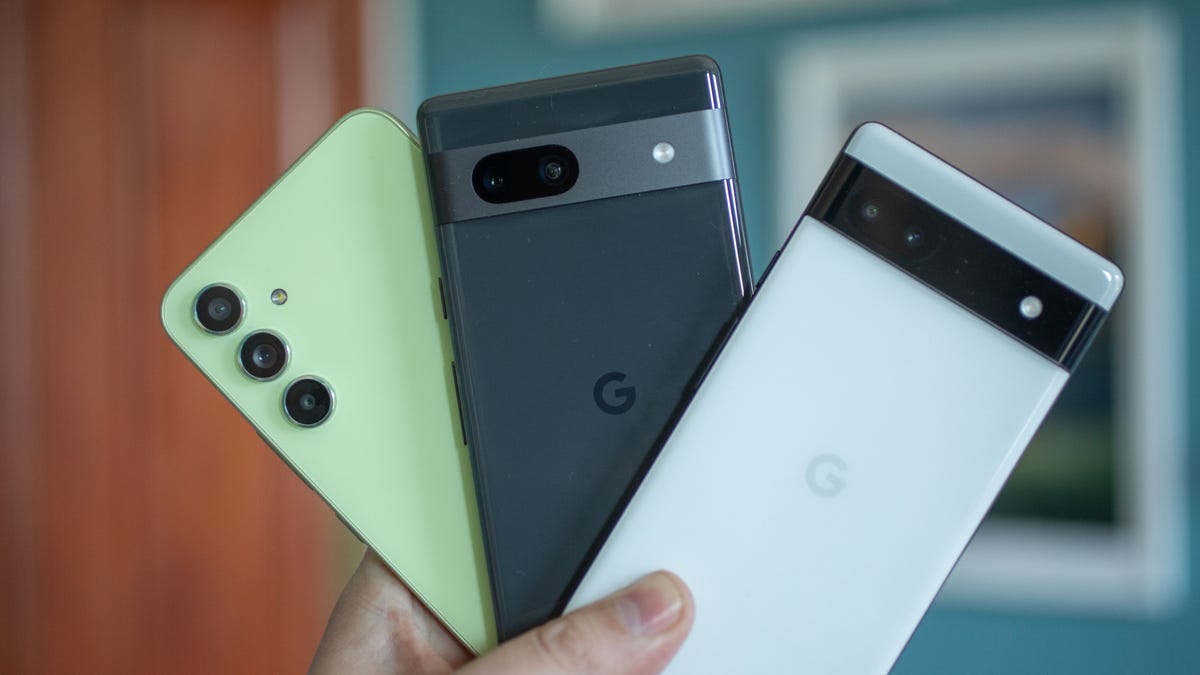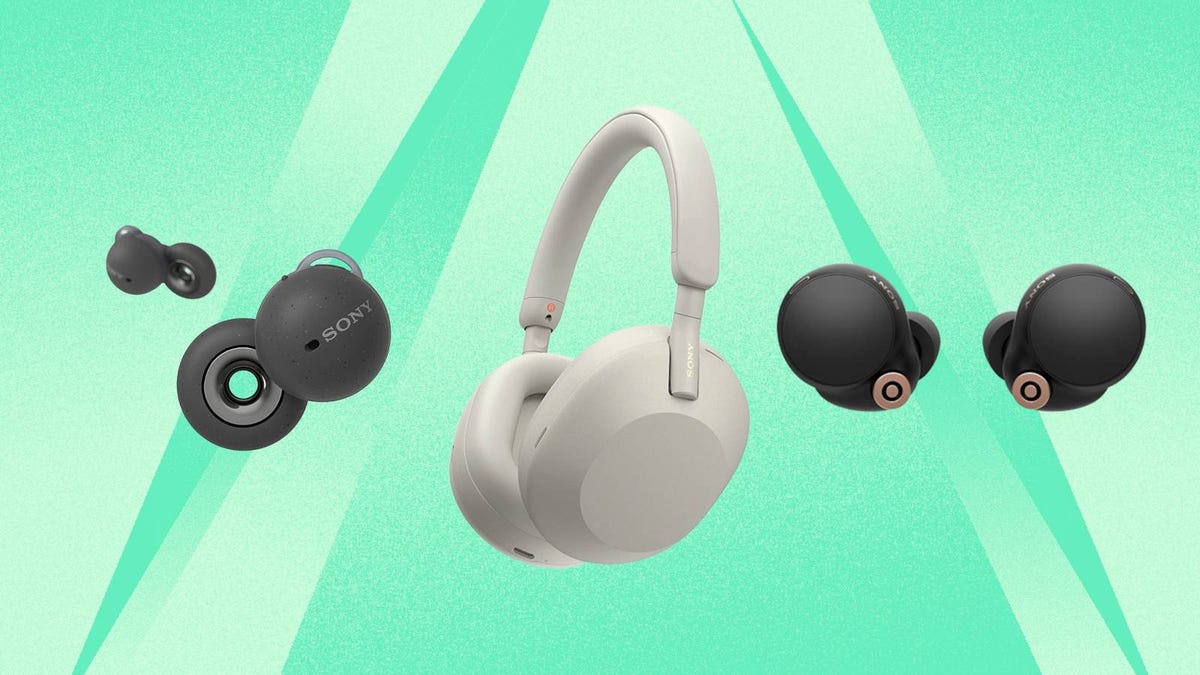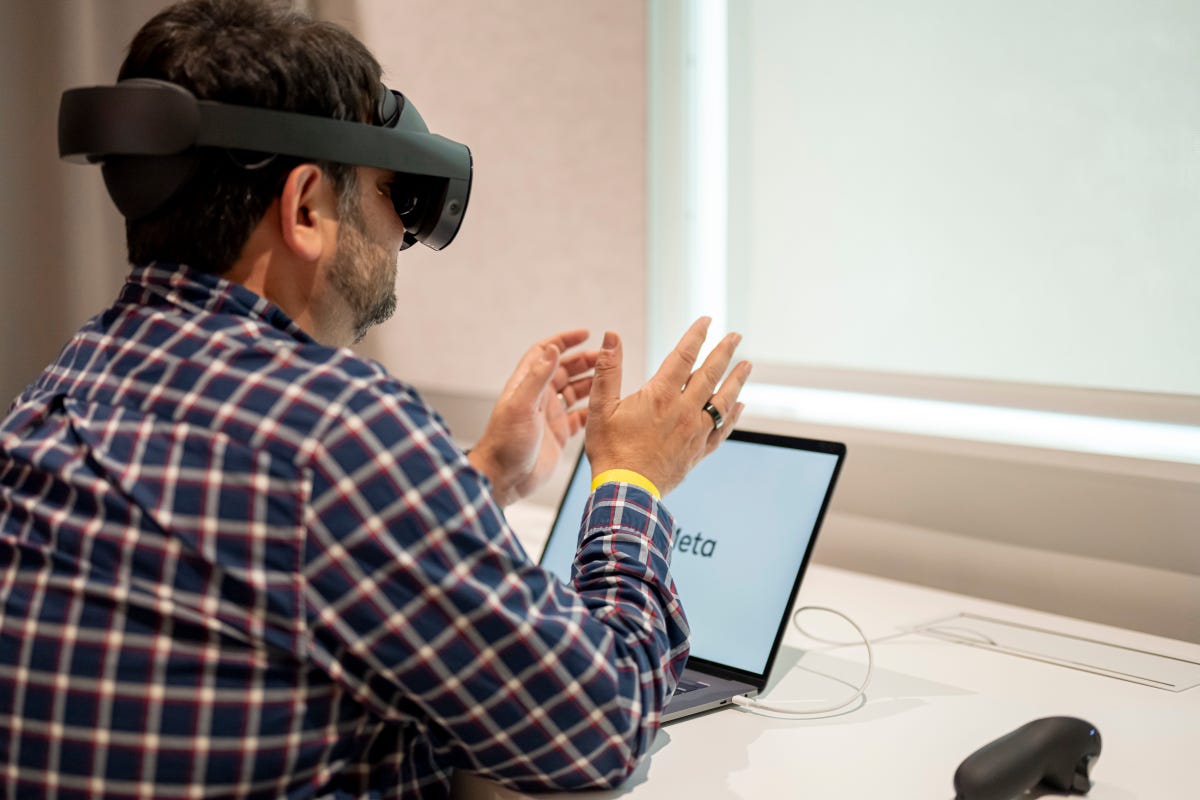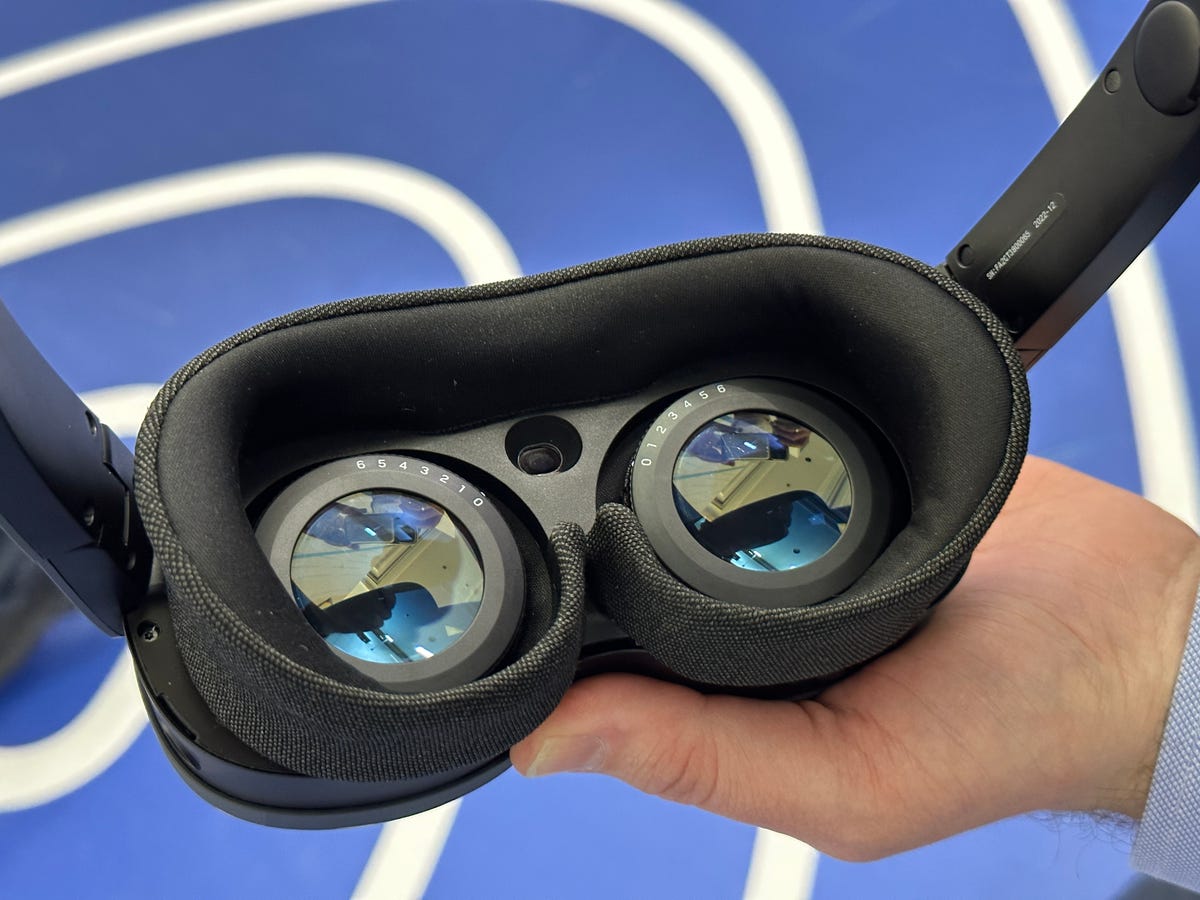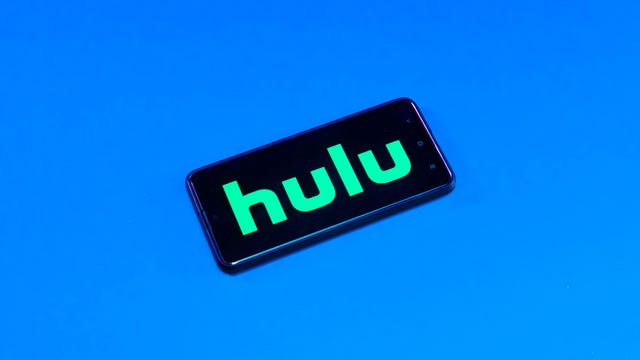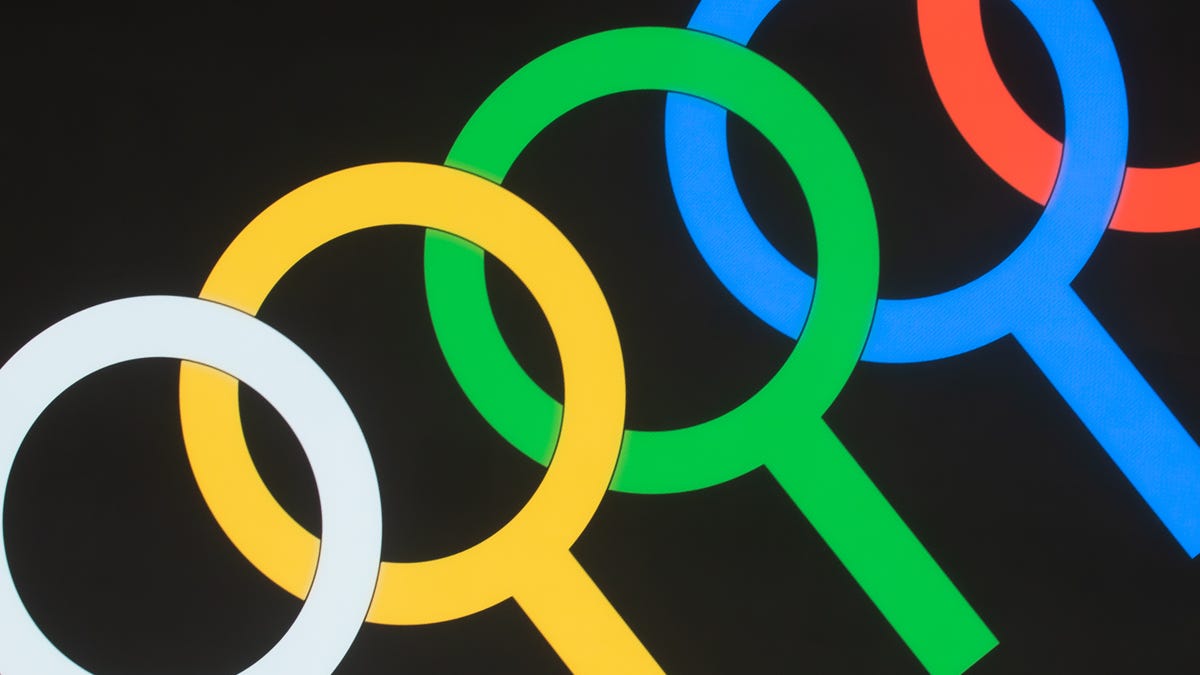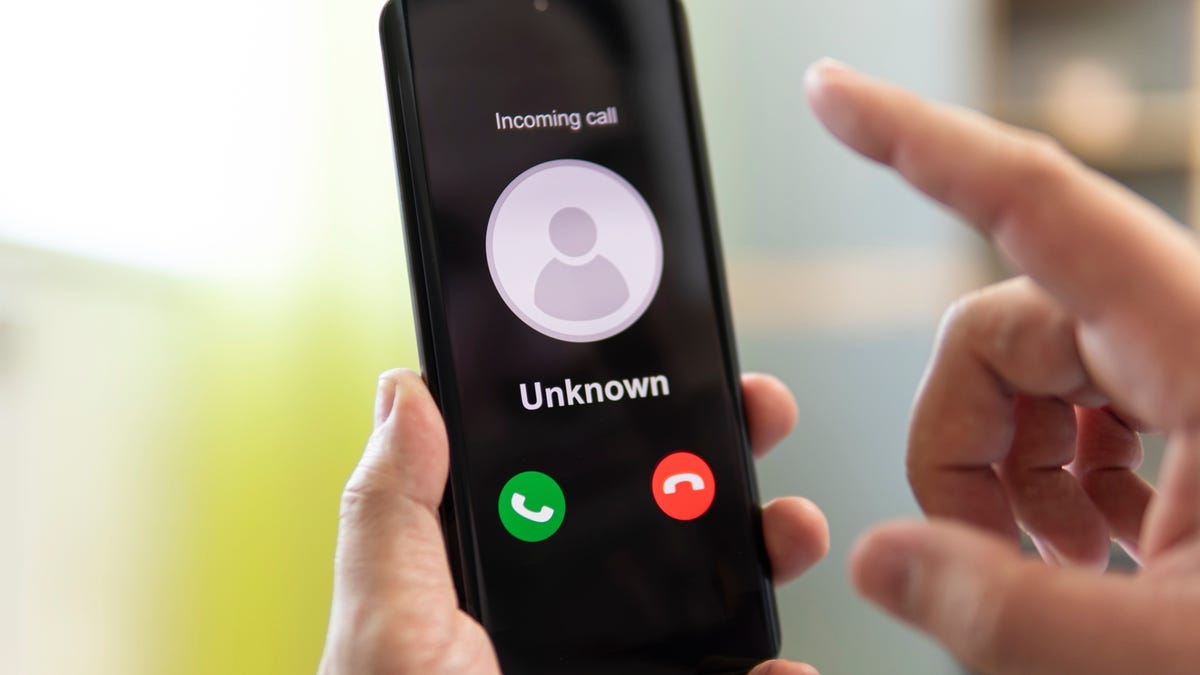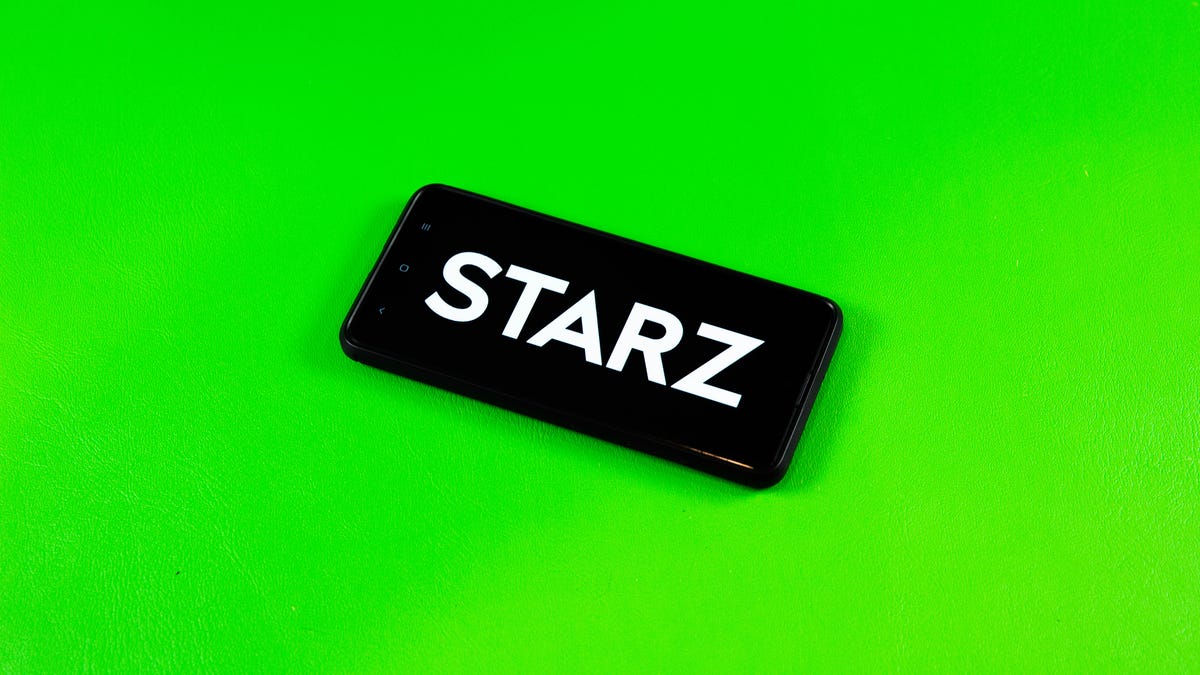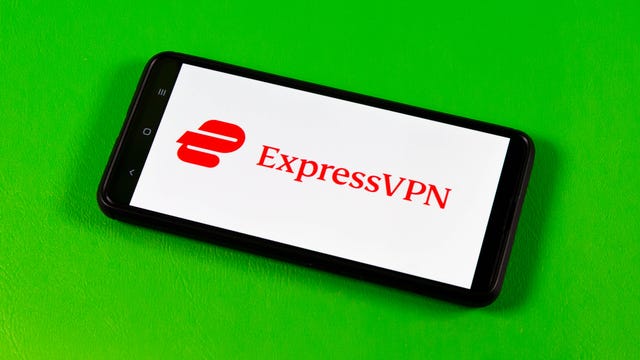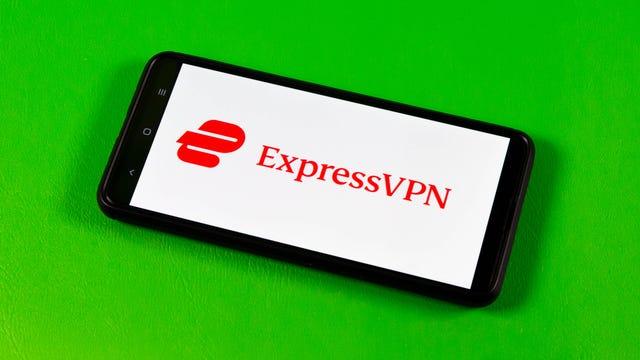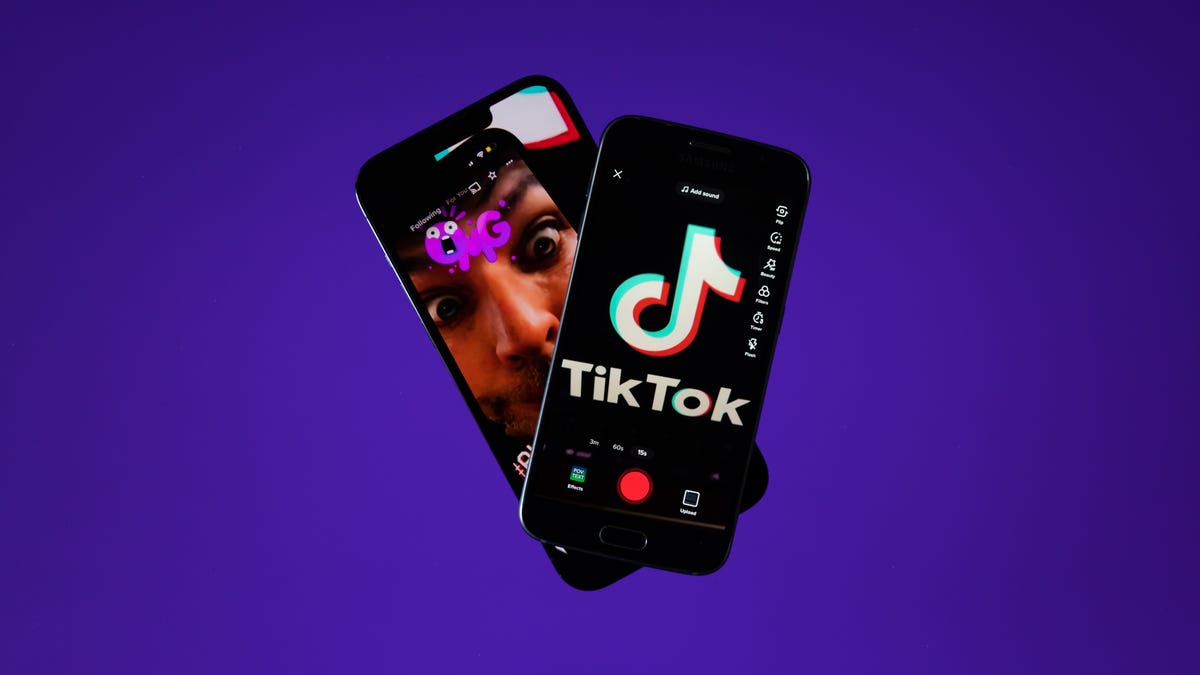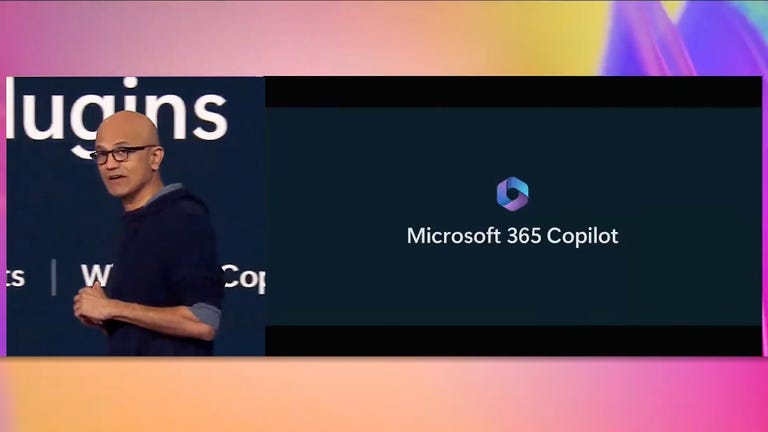Buying an affordable phone doesn’t mean suffering with nasty design and slow, frustrating hardware. These days you can get a phone that looks and acts almost like a flagship, and still have a bunch of cash left in your pocket. Google’s latest entry-level phone, the Pixel 7A, packs an amazing lineup of specs, at a very attractive price. Yet the older Pixel 6A remains on sale for even less and is a great option for people on a tighter budget.
Meanwhile, Samsung has a solid value offering in the form of the Galaxy A54 5G, which ticks all your everyday, essential boxes and can frequently be found on sale at an extremely competitive price.
But which of these phones should you buy to make the best use of your money? I put the three side by side to help you choose.
Advertiser Disclosure
Price
As the most recent phone, it’s no surprise that the Pixel 7A is the most expensive, costing $499 directly from Google. It technically replaces the Pixel 6A, though both phones are on the market. The 6A has now been reduced to only $349, and it’s been seen for even less with store discounts.

The Galaxy A54 runs Android 13 at its core, with four years of Android generation updates promised by Samsung.
Samsung sells the Galaxy A54 5G for $449 — slightly undercutting the Pixel 7A but costing a full $100 more than the Pixel 6A. Since its launch in March, though, we’ve seen it discounted further ($375 on BestBuy at the time of writing), so it’s always worth shopping around and seeing if you can save a few more bucks.
Display size, quality
At 6.4 inches, the Galaxy A54’s display is larger than the 6.1-inch displays of both the Pixel 6A and 7A. During general use, we also found that it appeared brighter, making it easier to read outdoors under sunshine. Though its resolution is marginally higher than that of the Pixel 7A, side by side there’s no noticeable difference in terms of sharpness.
The Pixel 6A has a standard screen refresh rate of 60Hz, and the 7A ups that to 90Hz. Frankly, it isn’t something you’d really notice during everyday use. The Galaxy A54 takes that further, providing “up to” 120Hz. Using both phones side by side and scrolling through menus simultaneously, I couldn’t see much difference. Maybe the more keen-eyed among you could, but even so, it shouldn’t be a reason to consider one over the other.
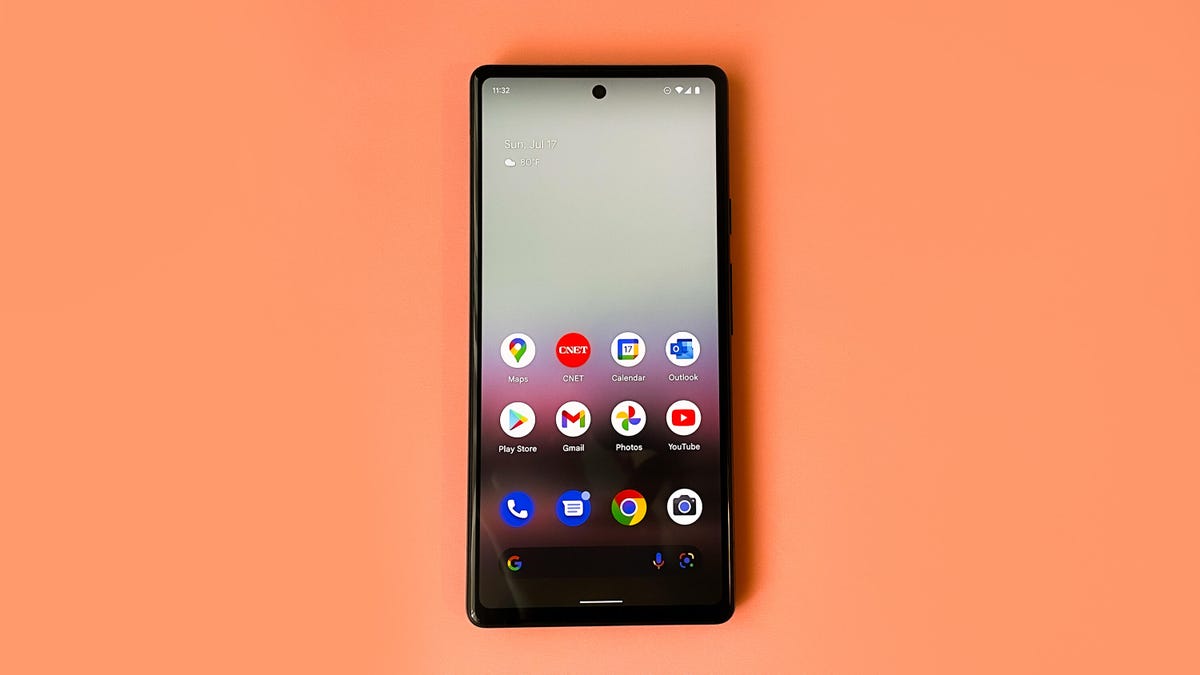
The Pixel 6A’s display is smaller than the Galaxy A54’s and appears less bright.
Processor performance
With its more recent Tensor G2 chip, you might expect the Pixel 7A to be the more powerful model, but on benchmark tests, it actually falls just behind the 6A. It’s a marginal difference, though, and during everyday use it isn’t something you’d ever notice. Both phones are swift, with smooth navigation, fast-loading apps, and gaming that’s handled perfectly well.
The A54 performed the worst on the tests, with quite disappointing scores on benchmarks, particularly against the more affordable 6A. Still, I found it to be capable of handling all my daily essentials, and it only really seemed to slow down when I was playing more graphically demanding games, like Genshin Impact, at higher quality settings.
Cameras
Both Pixels offer standard and superwide cameras, eschewing the telephoto zoom camera found on the pricier Pixel 7 Pro. The Pixel 7A beats the older 6A with higher resolution sensors, but overall image quality is comparable. Both phones capture shots with great dynamic range, accurate colors and plenty of details.

The Galaxy A54’s main camera adds a lot of saturation to its images.

The Pixel 6A’s shot looks much more natural.

The Pixel 7A’s colors are more similar to the 6A’s, but its higher resolution sensor delivers more details.
The Galaxy A54 adds a 5-megapixel macro camera to its main and ultrawide lenses, but beyond the odd novelty close-up shot of a bug, it’s pretty redundant. Its main camera has a generous 50 megapixel resolution, but its images are disappointing compared with both Pixel phones. Colors tend to look unnaturally saturated, with high-contrast skies sometimes resulting in blown-out highlights.
The main lens also tends to produce quite cold-looking images that dramatically shift to warmer tones when you switch to the ultrawide lens. Both Pixels, however, do a good job of maintaining color tones when switching between normal and wide views.

The A54’s main camera sometimes delivers quite cold-looking images.

Switching to the ultrawide lens results in a much warmer image. I prefer this look, but it’s frustrating to see so much color shift between the two cameras, which isn’t as much of an issue on either of the Pixel phones.
While the A54 5G is good for casual snappers just wanting vibrant shots of their kids at the beach, the Pixel 7A is worth a look if photography is more of a priority.
Battery
Though the Galaxy A54 packs a slightly more capacious battery than either of the Pixels, its slightly larger (and therefore more power hungry) display means its overall battery life is roughly on par with its rivals. On my YouTube streaming battery test, it drained slightly faster than the Pixels, but in overall use there’s little difference to worry about.
If you’re careful with your usage and avoid too much video streaming or gaming, then you should be able to get a full day out of any of the phones. All of them will need a full recharge every night.
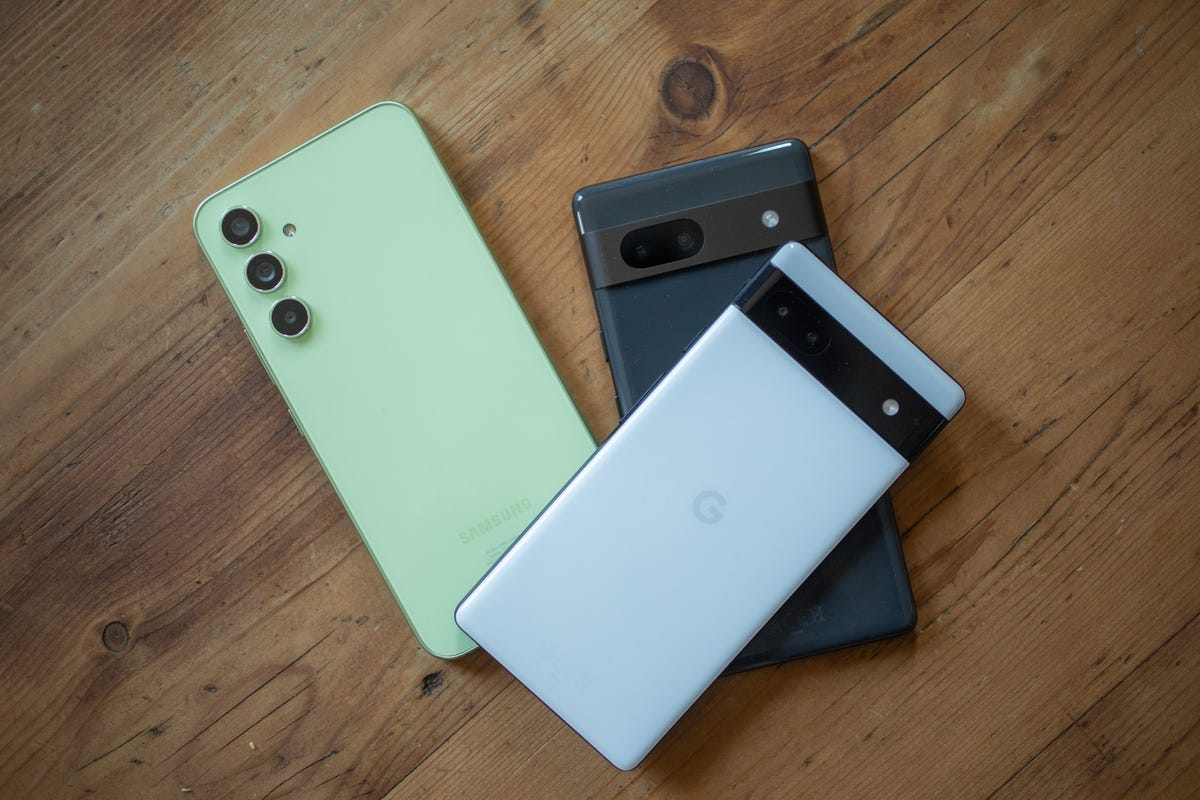
All three phones offer 128GB of storage at their base configurations, but only the Galaxy A54 lets you expand that with microSD cards.
Software, storage and extras
All three phones run the latest Android 13 software, and both Google and Samsung promise five years of security updates for their phones. As it was launched last year, this will mean that the Pixel 6A will be cut off from support in 2027 while both the Pixel 7A and Galaxy A54 will still be safe to use into 2028.
However, Samsung takes things a bit further, by offering an additional fourth generation of Android version updates over the Pixels, which is worth keeping in mind if you want to ensure you’re getting the most out of your phone for longer.
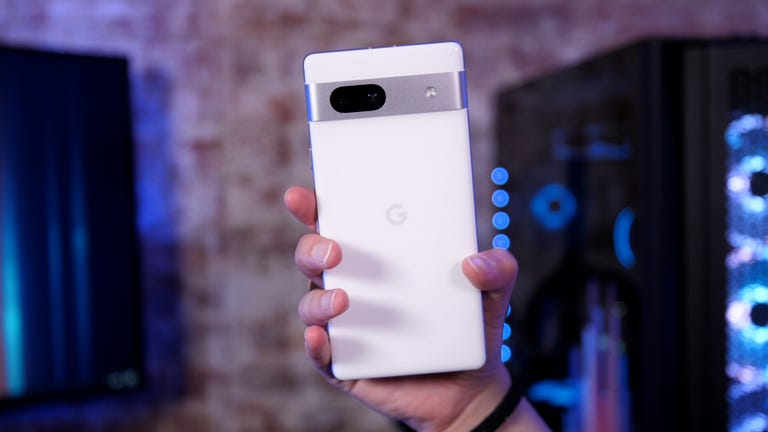
07:15
I much prefer the Pixel’s Android 13 interface though. It’s generally neater and easier to use than Samsung’s One UI skin. This is especially true with the A54, as Samsung preloaded a lot of third-party apps that make it feel cluttered and bloated.
While all three phones have base storage of 128GB, the A54 has an ace up its sleeve; it’s one of the last remaining phones that offers expandable storage with microSD cards. It supports cards of up to 1TB, and with a 128GB card costing only $12, you can essentially double the storage of the phone, providing tons of room for photos, videos and apps.
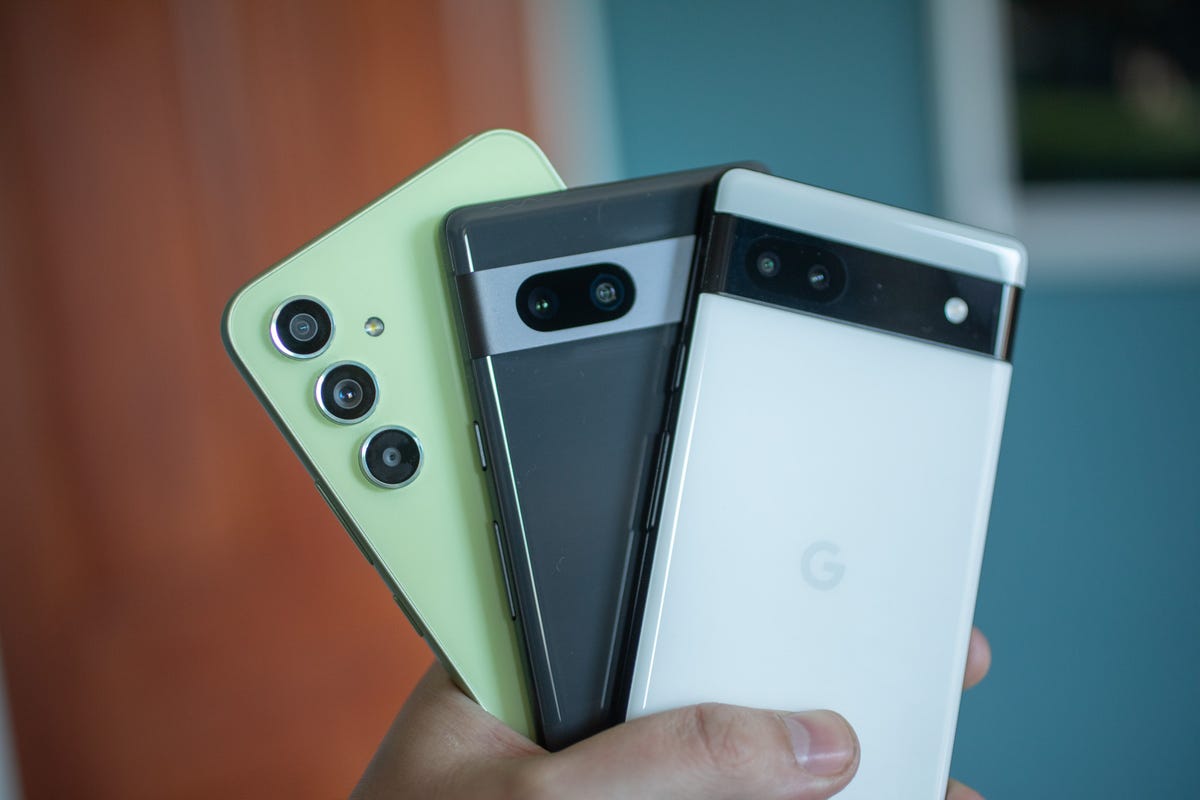
The A54’s additional macro lens is pretty pointless.
Which should you buy?
Samsung’s Galaxy A54 5G might have longer software support and expandable storage, but it falls behind both Pixel phones in most other respects. The cameras, user interface, processor performance and battery life is better on the Pixel 6A and 7A and either of those phones is where my money would go.
Deciding between the two Pixels is trickier, however. The 6A is incredibly cheap yet still offers excellent performance for all your daily needs and packs a great camera. If you’re looking for the best phone that also leaves the most money in your bank, then the older 6A is the one for you.
But the Pixel 7A’s camera is better and it includes other more recent features like wireless charging, face unlock, and as the more recent phone, it’ll receive software updates for longer. But those are expensive extras, given its $150 bigger price tag over the 6A.
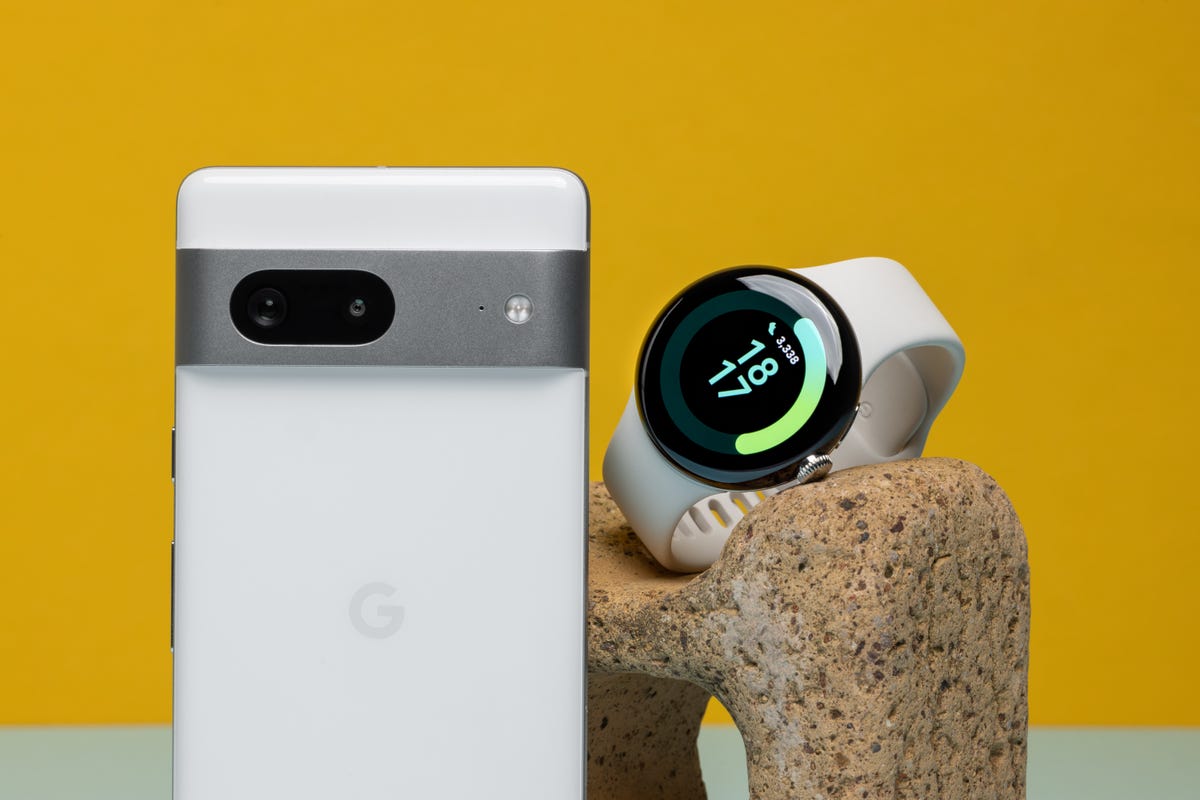
The Pixel 7 (seen here with the Pixel Watch) is still great, but the new Pixel 7A is the better buy.
What about the Pixel 7?
The Pixel 7 is Google’s lower-end flagship that offers a similar set of specs to the Pixel 7A but costs $100 more. Though it’s a superb phone that earned a CNET Editors’ Choice Award, the arrival of the 7A has meant that it’s very difficult to justify spending the extra on the older model.
As CNET’s Lisa Eadicicco puts it: “After reviewing both phones, I’m convinced the Pixel 7A is the best value for most people.”
